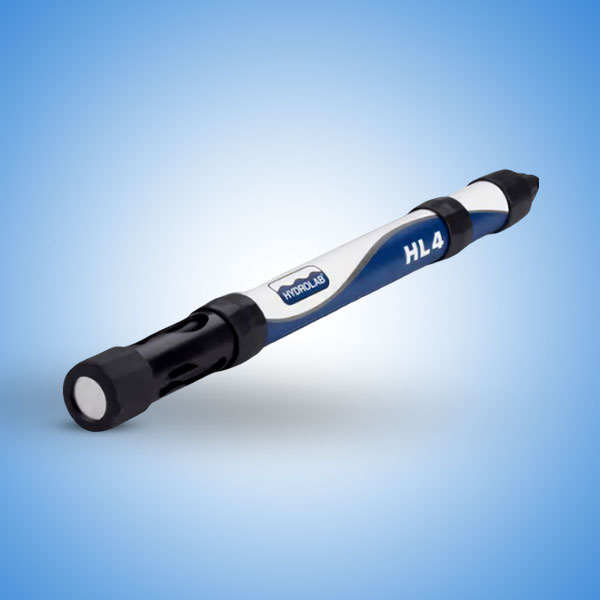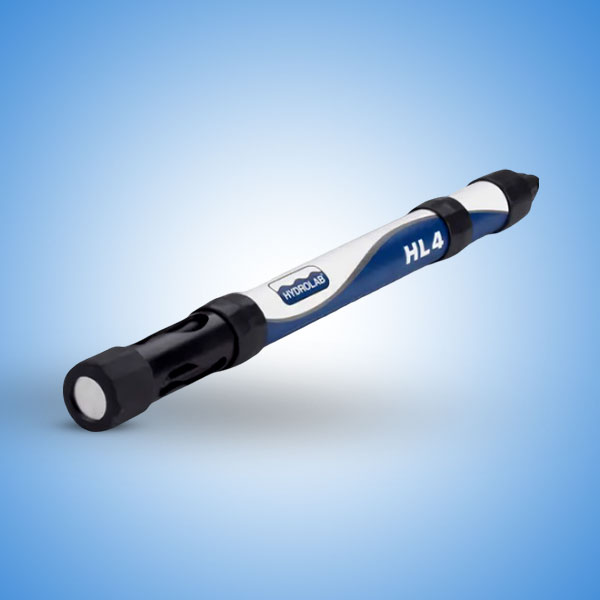Water Quality
Water quality refers to the condition or cleanliness of water and its ability to support various uses, such as drinking, agriculture, recreation, and aquatic life. Good water quality is essential for human health, environmental balance, and sustainable development. From rivers and lakes to underground aquifers, monitoring and maintaining water quality ensures safe and usable water for current and future generations.

Frequently Asked Questions
Water quality is determined by measuring physical, chemical, and biological characteristics of water. These include factors like temperature, pH, turbidity, dissolved oxygen, bacteria levels, and the presence of harmful chemicals or heavy metals.
Safe water quality means the water is free from pollutants and contaminants that can harm humans, animals, or ecosystems. Governments and organizations worldwide set water quality standards to ensure the water used in homes, farms, and industries is safe and reliable.
Maintaining good water quality is important for many reasons:
1. Health and Safety – Clean drinking water prevents waterborne diseases like cholera, typhoid, and diarrhea.
2. Environmental Protection – Healthy rivers and lakes support aquatic life and biodiversity.
3. Agricultural Use – Crops and livestock need clean water for healthy growth.
4. Industrial Processes – Many manufacturing operations depend on high-quality water.
5. Sustainable Development – Safe water quality supports community growth and economic development.
Poor water quality can lead to serious environmental damage, economic loss, and health crises.
Several natural and human-made factors influence water quality:
1. Natural Elements
- Soil erosion, mineral runoff, and decaying plant matter can affect water quality.
2. Industrial Pollution
- Factories may discharge chemicals or waste into water bodies, lowering water quality.
3. Agricultural Runoff
- Pesticides, fertilizers, and animal waste from farms can pollute rivers and lakes.
4. Urban Wastewater
- Untreated sewage and stormwater from cities are major sources of water quality issues.
5. Climate Change
- Floods, droughts, and temperature changes can alter the balance of water quality indicators.
Water quality is tested using various tools and techniques. Key parameters include:
1. Temperature – Affects oxygen levels and aquatic life
2. pH Level – Measures acidity or alkalinity
3. Turbidity – Cloudiness caused by suspended particles
4. Dissolved Oxygen (DO) – Essential for fish and other organisms
5. Bacteria – Like E. coli, indicate contamination
6. Total Dissolved Solids (TDS) – Includes salts and minerals in water
7. Heavy Metals – Lead, mercury, arsenic are toxic even in small amounts
Portable water quality meters and sensors are often used for on-site testing, while laboratories conduct detailed analysis for compliance with standards.
Different countries have their own water quality guidelines to ensure safety. For example:
1. WHO (World Health Organization) provides global standards for drinking water
2. EPA (Environmental Protection Agency, USA) sets legal limits on contaminants in water
3. BIS (Bureau of Indian Standards) outlines quality levels for various water uses in India
Following these guidelines helps monitor and improve water quality across homes, businesses, and the environment.
Everyone has a role to play in protecting water quality:
1. Avoid Dumping Waste – Never dispose of chemicals, oils, or plastics in water bodies
2. Use Eco-Friendly Farming Practices – Reduce pesticide and fertilizer use
3. Proper Waste Management – Ensure sewage and industrial waste is treated
4. Plant Trees – Trees and vegetation reduce erosion and filter runoff
5. Regular Testing – Monitor water quality in wells, lakes, or rivers near you
Governments, industries, and individuals working together can keep water quality high and pollution low.


